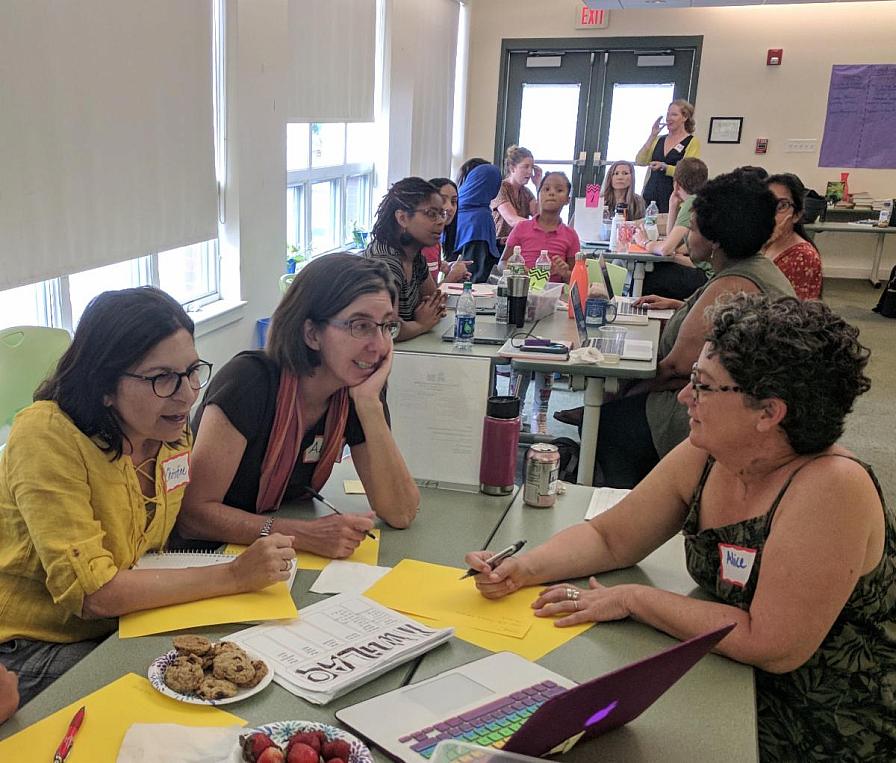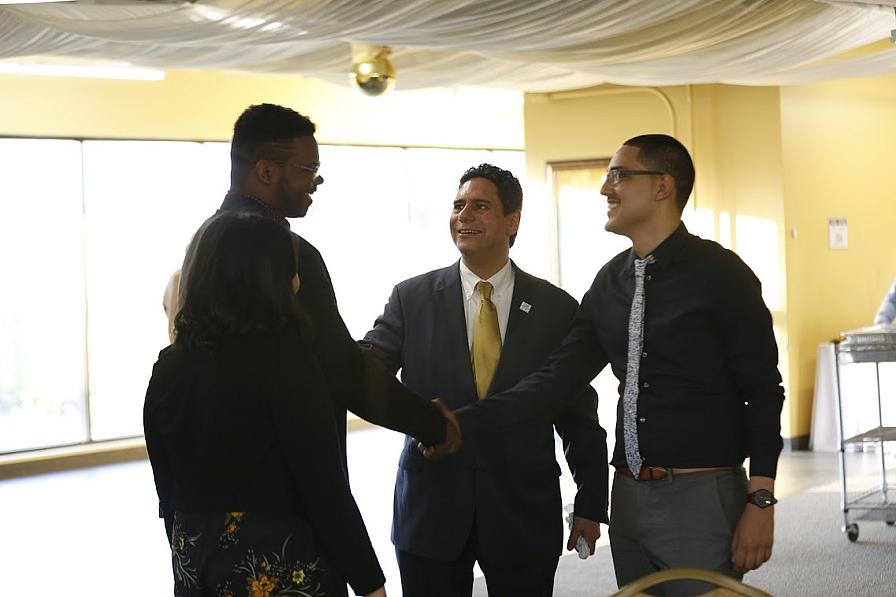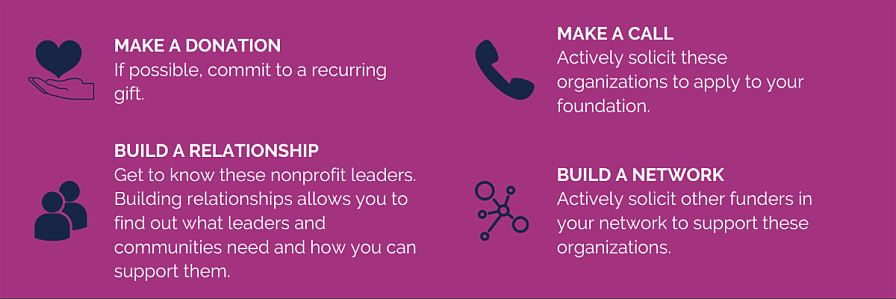

This is the fourth in a series of stories capturing reflections from the SIF team and the 2020 Innovators to mark their graduation from the Social Innovator Accelerator. Read the third installment of the blog series.
1647

1647 prepares educators to build authentic partnerships with families that are essential for student success. Speaking of the organization’s school partners during the COVID pandemic, Founding Director Ann Walsh says, “[their] whole model changed, and then our whole model changed to align with theirs.”
While 1647 met its goals in terms of the number of workshops delivered to educators and out of school time partners, the content of those workshops changed to meet the new reality of virtual learning. The organization supported teachers in thinking about virtual welcome calls instead of conferences and modeled ways to engage participants in an online back to school night.
Remote learning dramatically reconfigured what family engagement in schools looked like. Families could now see teaching in action, and their presence made some teachers uncomfortable. 1647 staff supported teachers in reframing this family involvement through an assets-based lens, seeing families as crucial partners who kept their children engaged in learning at home.
As 1647 officially graduates from the Accelerator program and looks ahead to the next year, the team will continue to encourage the Department of Elementary and Secondary Education, and the sector more broadly, to more clearly codify and elevate the importance of family engagement as a regular part of schools’ and educators’ practice.
“People say they want to go back to 'normal,’ but that wasn’t working for a lot of educators and families. We want to learn from this time and keep the practices that built stronger connections between home and school,” says Ann.
Get to know Ann and 1647 and learn more about how you can support them!
Boston Higher Education Resource Center (HERC)

The Boston Higher Education Resource Center (HERC) also shifted its work to respond to the needs of school partners and students. The Boston HERC addresses the opportunity and achievement gaps that have impacted Boston Public Schools’ first-generation students for years. Their conversations with school partners led to a shift. “We are open-eared, open-hearted partners asking our school what they need from us,” says Executive Director Samuel Acevedo.
Instead of supporting students across all high school grades, the organization concentrated a deeper level of support on graduating seniors. The pandemic also served as a catalyst for the accelerated growth of the Alumni Success Program. With the onset of the pandemic, the Boston HERC knew they had to start working right away to counteract “summer melt,” a phenomenon in which a high school senior says they are going to enroll in a college and then does not execute on those plans.
In Boston, this includes 30% of first generation students. The organization anticipated this challenge and increased outreach and coaching efforts to support these students.
As a result, the Boston HERC’s summer melt rate in 2021 was only 3.5%, meaning that 96.5% of students that enrolled in college in the spring began attending in the fall. The organization now has the goal of adding three new coaches by 2024.
When reflecting upon the increased focus on supporting students to persist through college, Sam says, “In the past we heard we must choose between serving high school students well or
serving college students well. It created an artificial seam between those same human beings. That person who was in high school twelve months ago is now in college. Boston HERC bridges that.”
Get to know Sam and Boston HERC and learn more about how you can support them!
SIF has made a commitment to support funders in allocating resources more equitably. Doing so includes acknowledging inequities in the structures of philanthropy, which result in only 10% of foundation grants going to communities of color and unrestricted assets of organizations led by leaders of color being 76% smaller than those led by whites. Throughout this series, you will see opportunities to direct resources towards closing that gap by supporting grassroots organizations and organizations led by people of color. We invite you to consider the following commitments:


 Social Innovation Forum
Social Innovation Forum